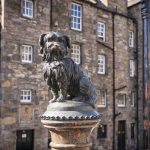This post introduces 3 Bordeaux art galleries, each with a very different feel: the long-standing Museum des Beaux Arts (Museum of Fine Arts), the always surprising Musée des Arts Contemporains (Museum of Modern Art) and the Bassin des Lumières, France’s largest digital art gallery where parts of the World War II submarine base have been re-purposed to provide a new way of enjoying art in an unexpected setting. And finally, a little nod to the city’s very own artist-made-good, Rosa Bonheur, who was much talked about in the 19th century, but somewhat disappeared in the 20th century and has been rediscovered by the art-loving public more recently.
the musee des beaux arts
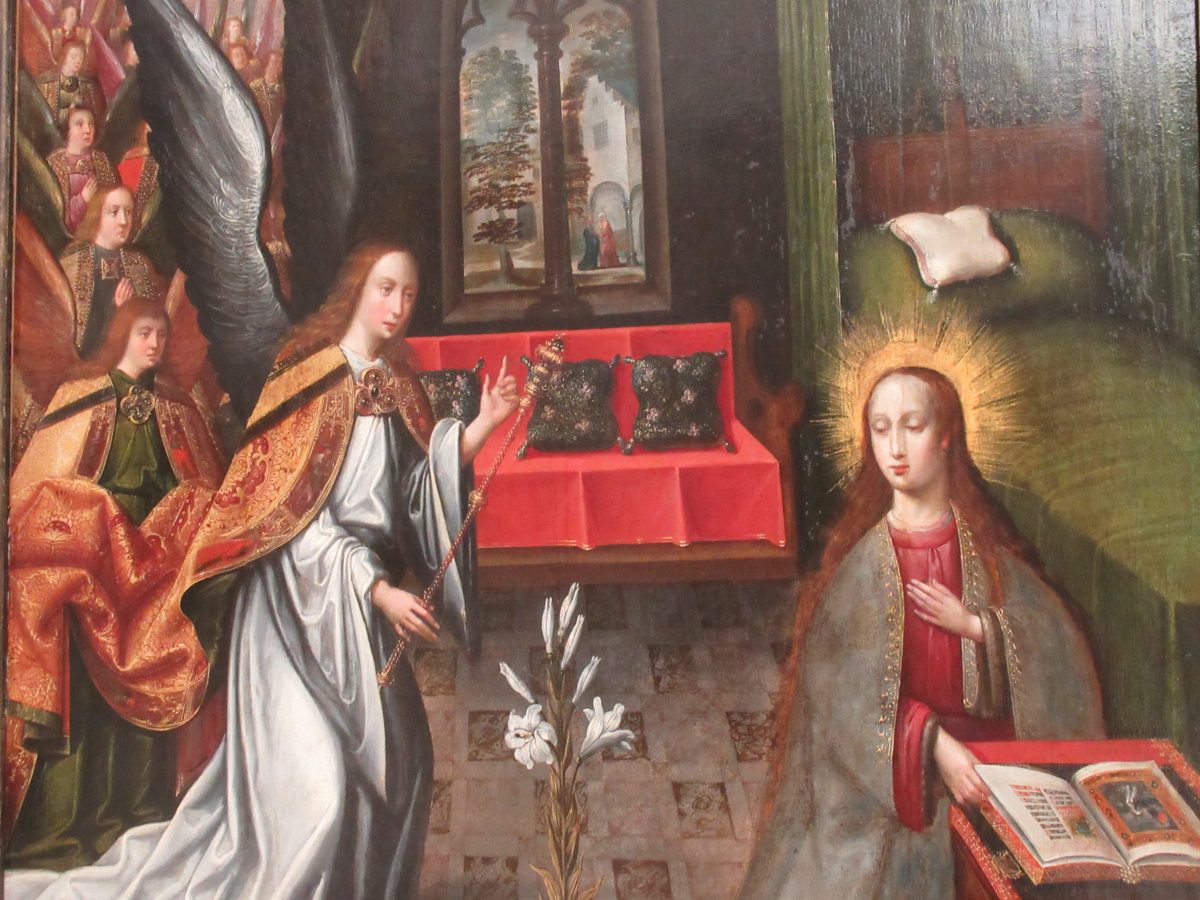
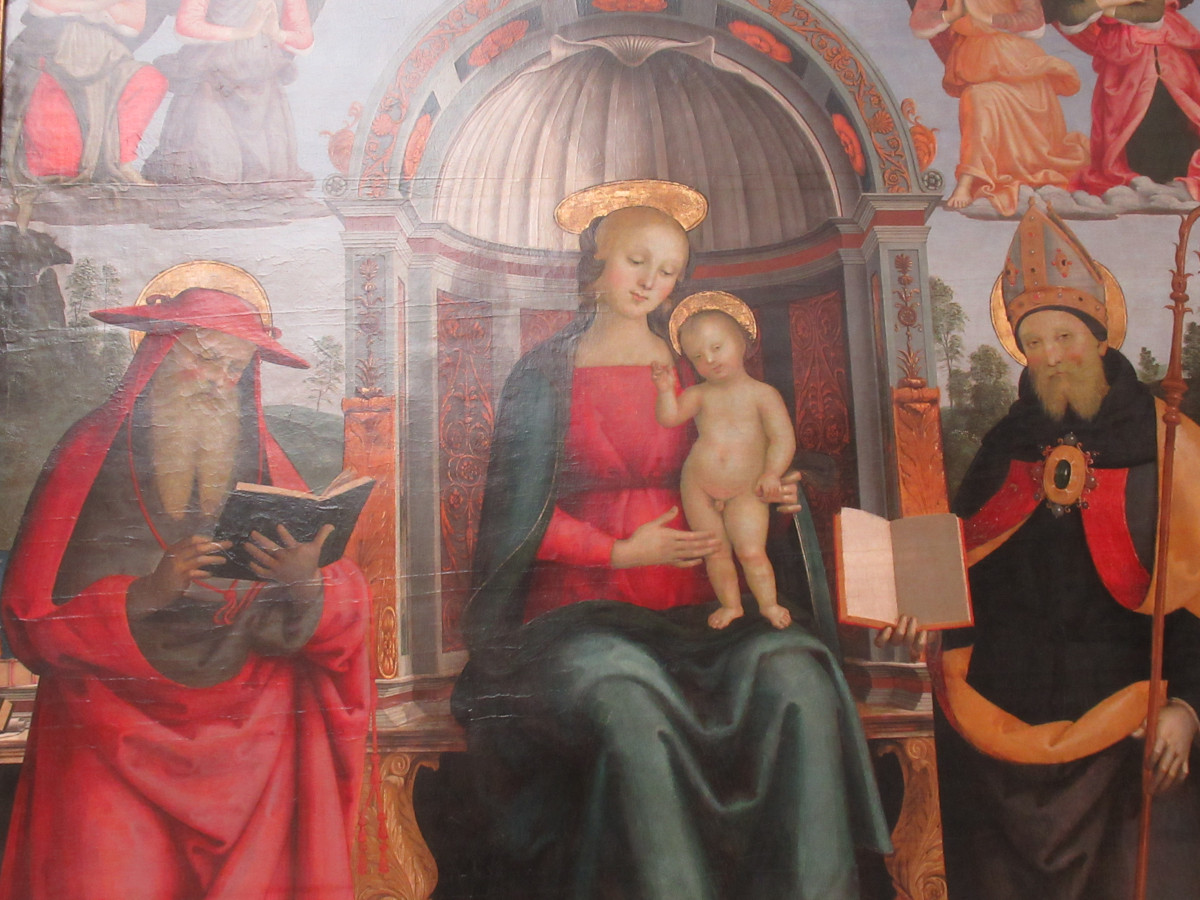

Founded in 1801, the Musee des Beaux Arts is Bordeaux’s oldest public museum, the place to see works by some of the greatest European artists, spanning the 15th to the 20th centuries. It has a second focus too, namely the display of many local artists, including, but certainly not limited to, Rosa Bonheur. And it houses well-respected temporary exhibitions, in addition to lending several hundred works a year to other galleries, in France and abroad.
Renaissance works in the permanent collection include a number on religious themes, such as the luminous 16th century work, ‘The Annunciation’, by an unknown Flemish artist, and also Pietro Vannucci’s ‘Virgin and Child’ and Giorgio Vasari’s ‘Holy Family with infants John the Baptist and St Francis’. Then there is Jan Brueghel’s ‘The Wedding Dance’, painted around 1600, showing a jolly wedding feast where villagers gather to eat, dance and flirt, or as it has also been described, a work illustrating the ‘vices of humanity’!

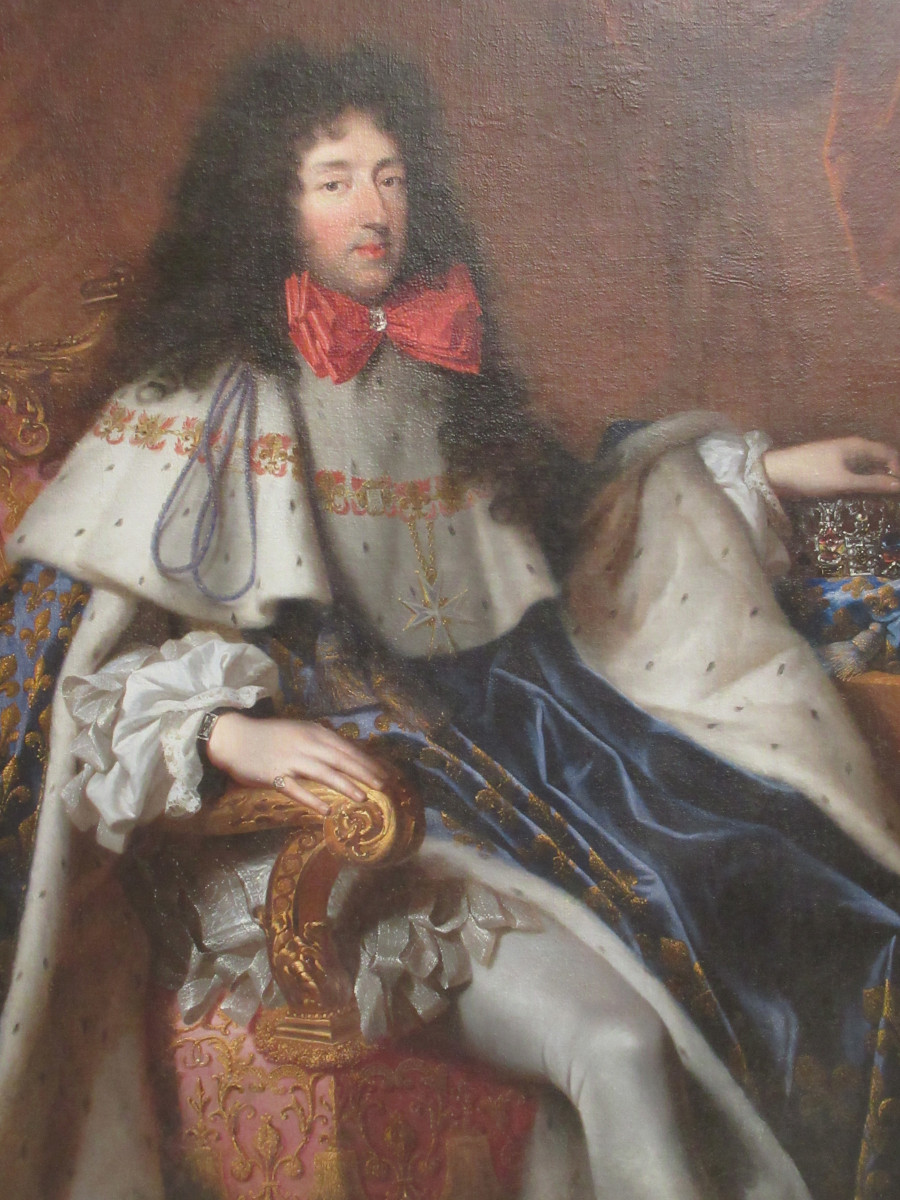
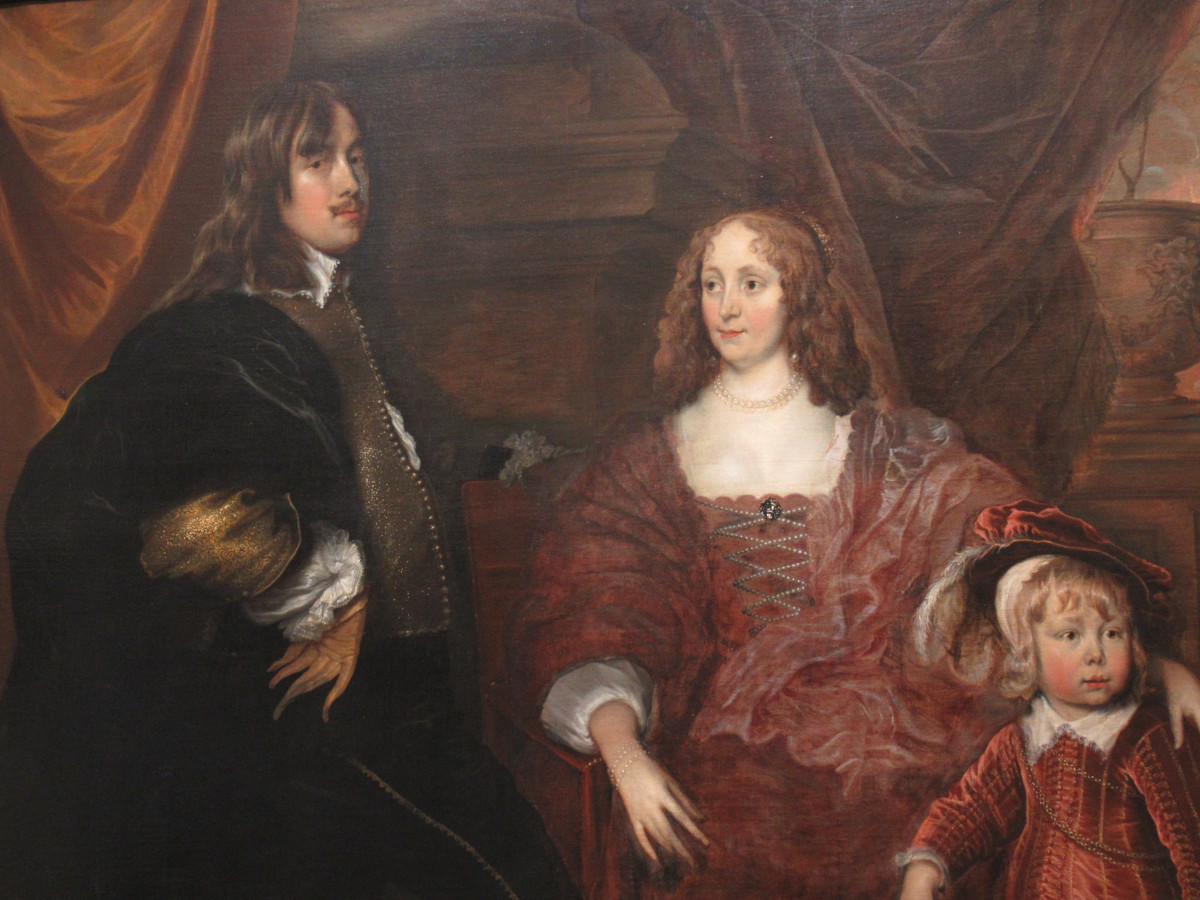
There are 17th century works by Italian, French and Spanish painters, for example Murillo’s ‘St Anthony adoring the baby Jesus’, as well as a good number of pieces by artists from Holland and Flanders. During this so called Golden Age, the merchant and middle-classes grew, many of them becoming wealthy enough to commission paintings, including landscapes and family portraits. An example is a mid-17th century family portrait by a Flemish artist, which has a Rembrandt quality to it. Representing French Classicism from the era of absolute monarchism under Louis XIV is a portrait of Philip d’Orléans, brother (and look-alike!) of Louis.
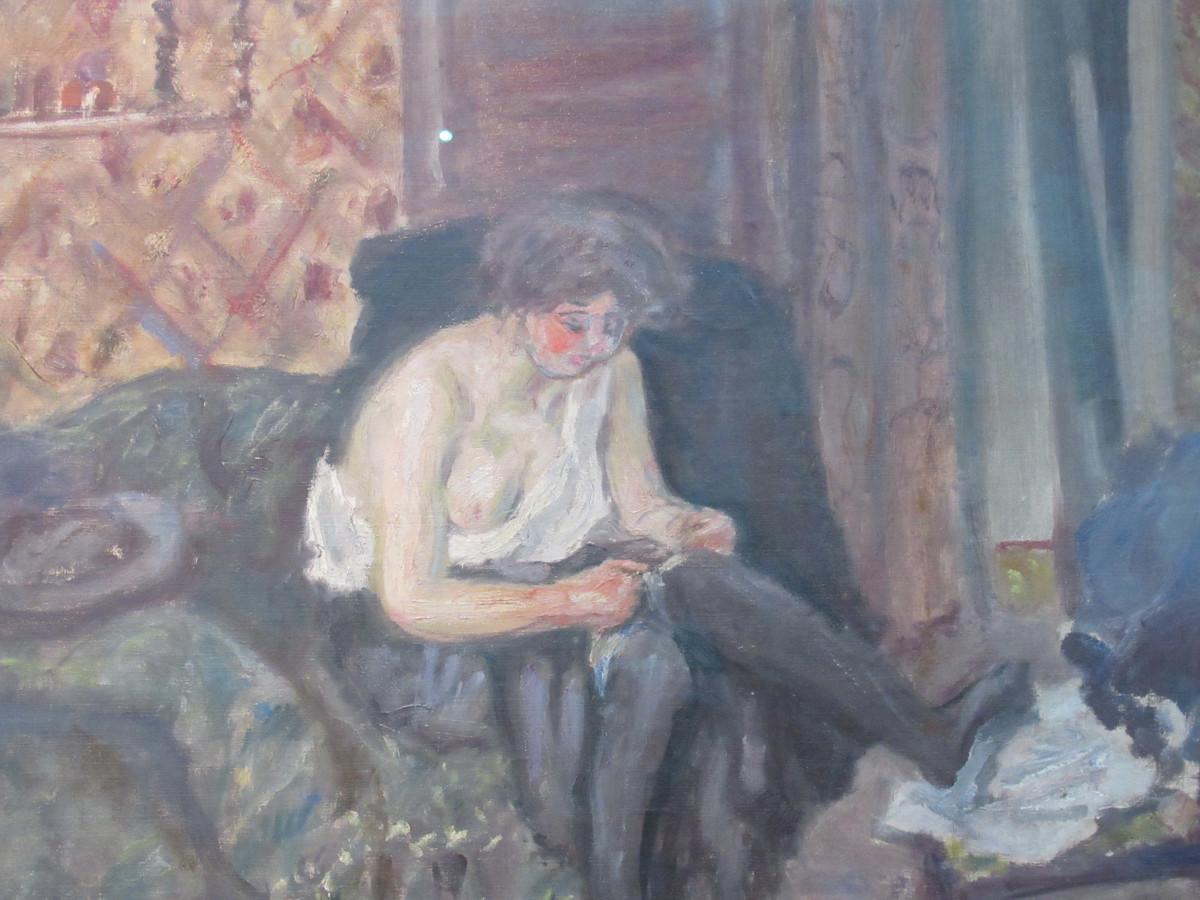
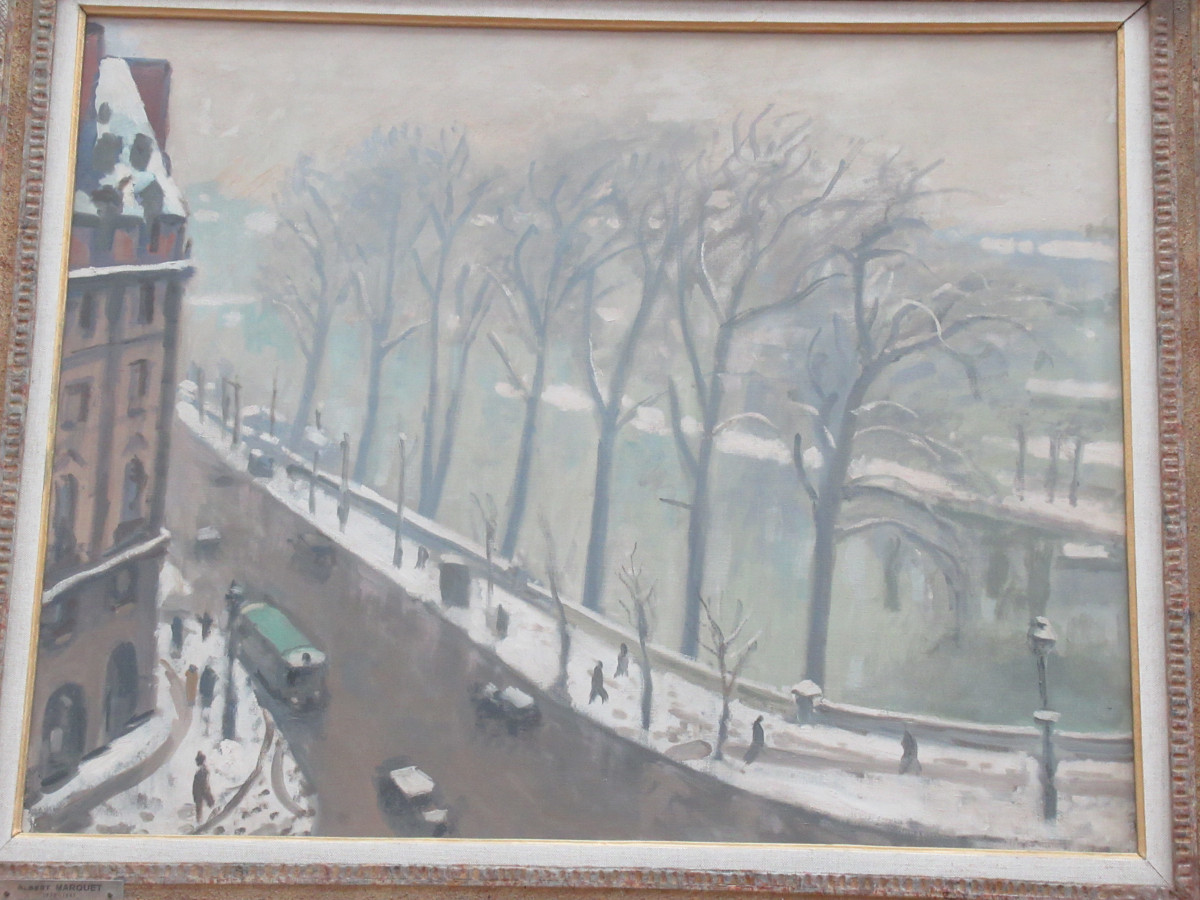

The 19th century work ‘Un Coin des Halles’ by Victor-Gabriel Gibert is part of the section on Realism, when artists often chose peasants and the working class as their subject matter. Pierre Bonnard’s ‘Black Stockings’, portrays a woman in a state of disarray, one nipple showing, mending her stockings. The Impressionist movement which gained such a hold in the later 19th century is represented by Berthe Morisot’s painting of her nephew and a series of pictures of Paris by the Bordeaux-born Albert Marquet show early 20th century views of Paris: the Quai Bourbon, and snow scenes on the Quai Conti and the Pont Neuf.
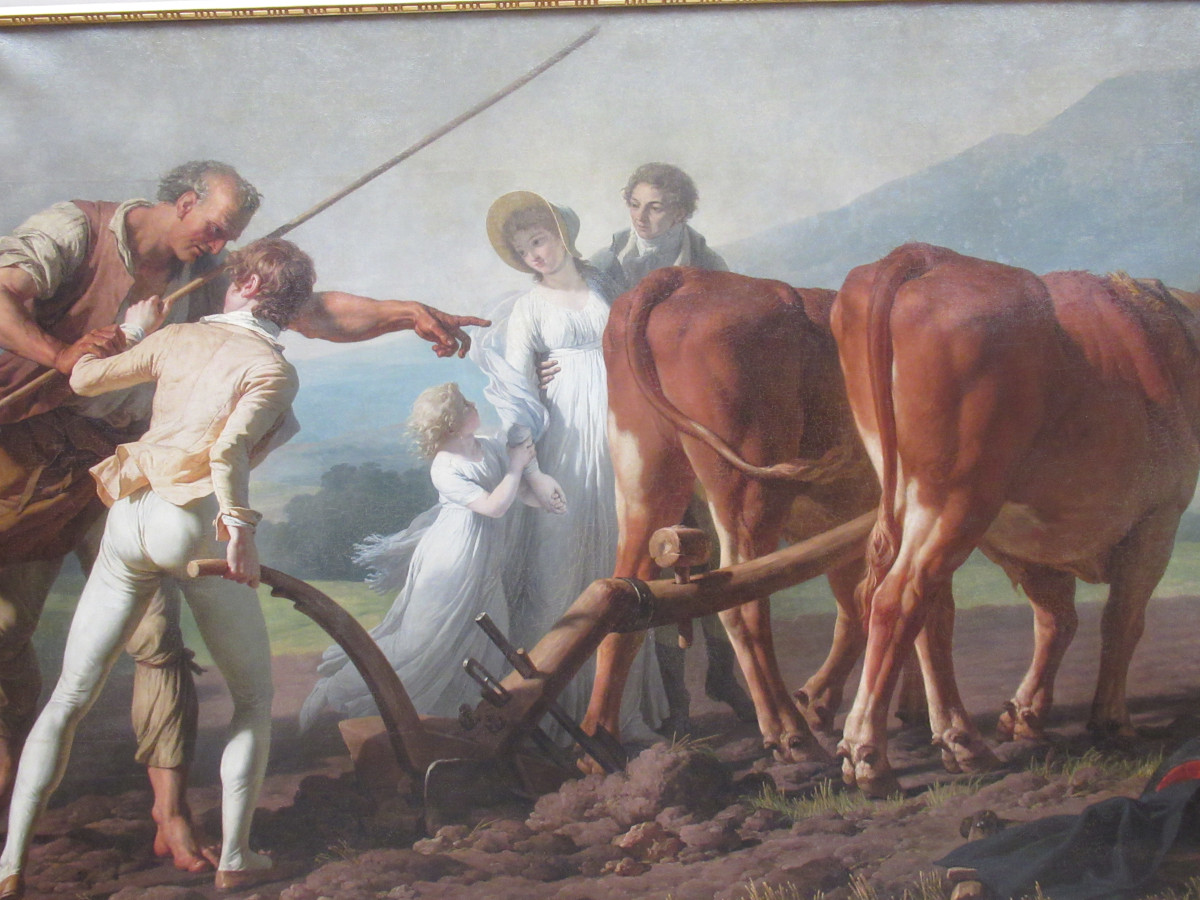

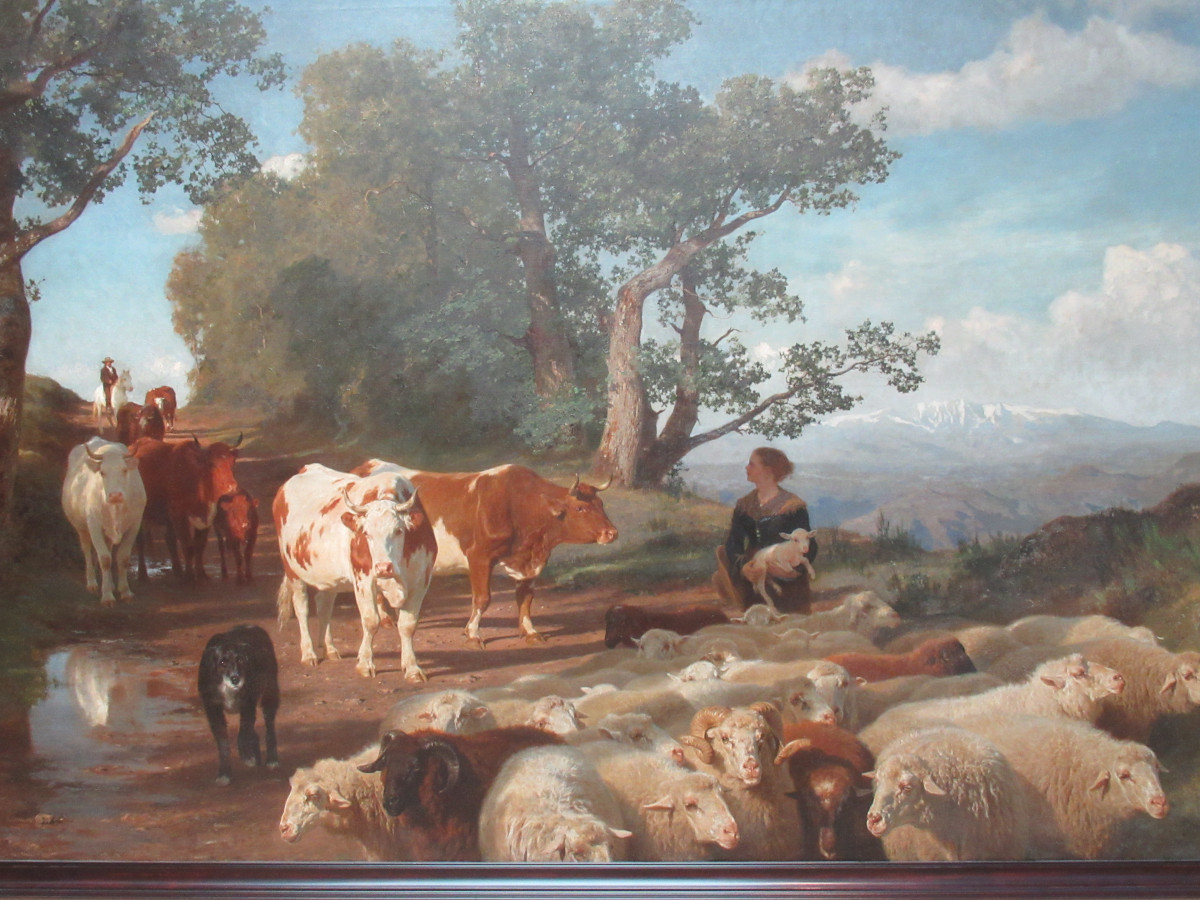
The museum also has a strong regional identity, showing, as its website says, ‘works by artists from Bordeaux such as the neoclassical artists Lacour and Taillasson, the symbolist Redon, the fauve artist Marquet, the art-deco painter Dupas and the cubist Lhote.’ Pierre Lacour was a painter and first director of the Musée des Beaux-Arts, who occupied a central place in the artistic life of Bordeaux for forty years and works by him include scenes of the port of Bordeaux. Others painted country scenes, such as François-André Vincent’s ‘The Ploughing Lesson’ and Auguste-François Bonheur’s ‘The Way back from the Fair.’
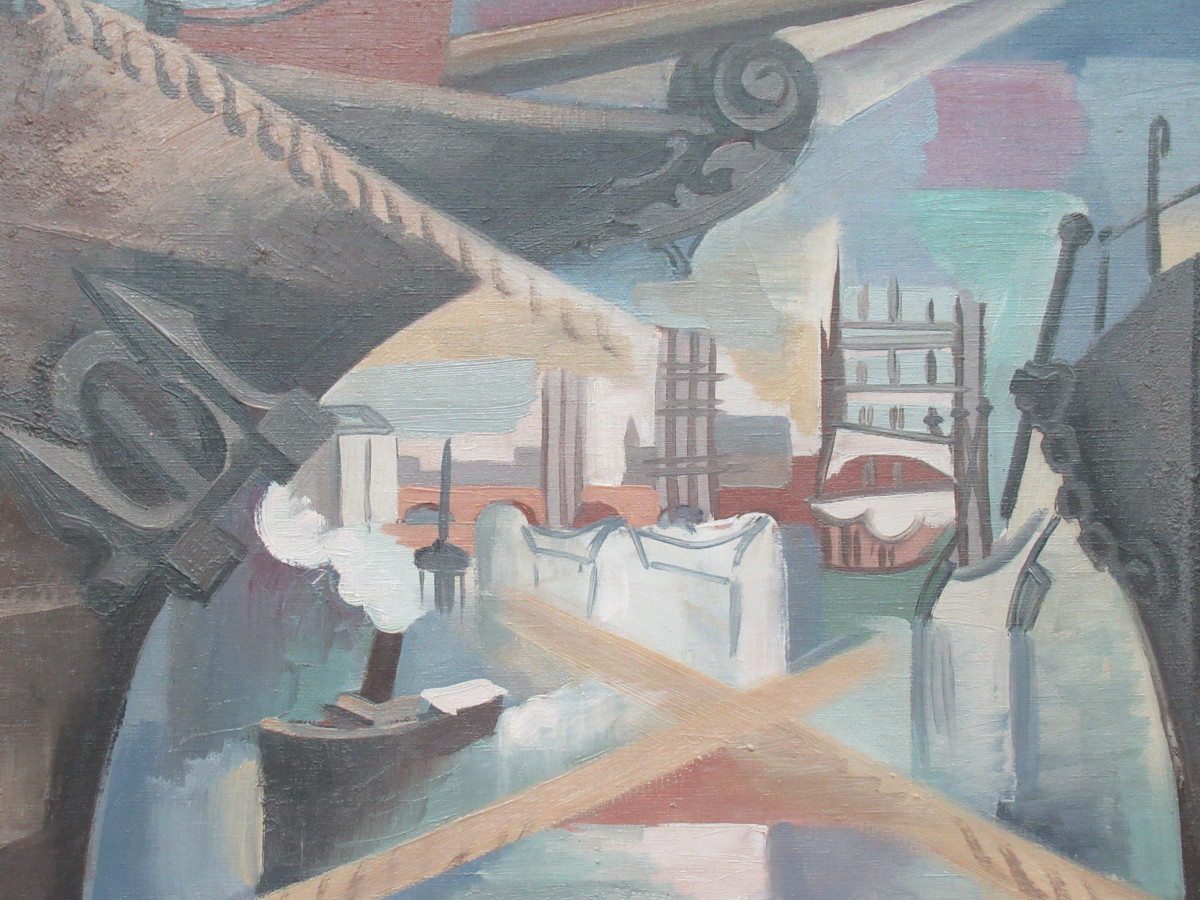
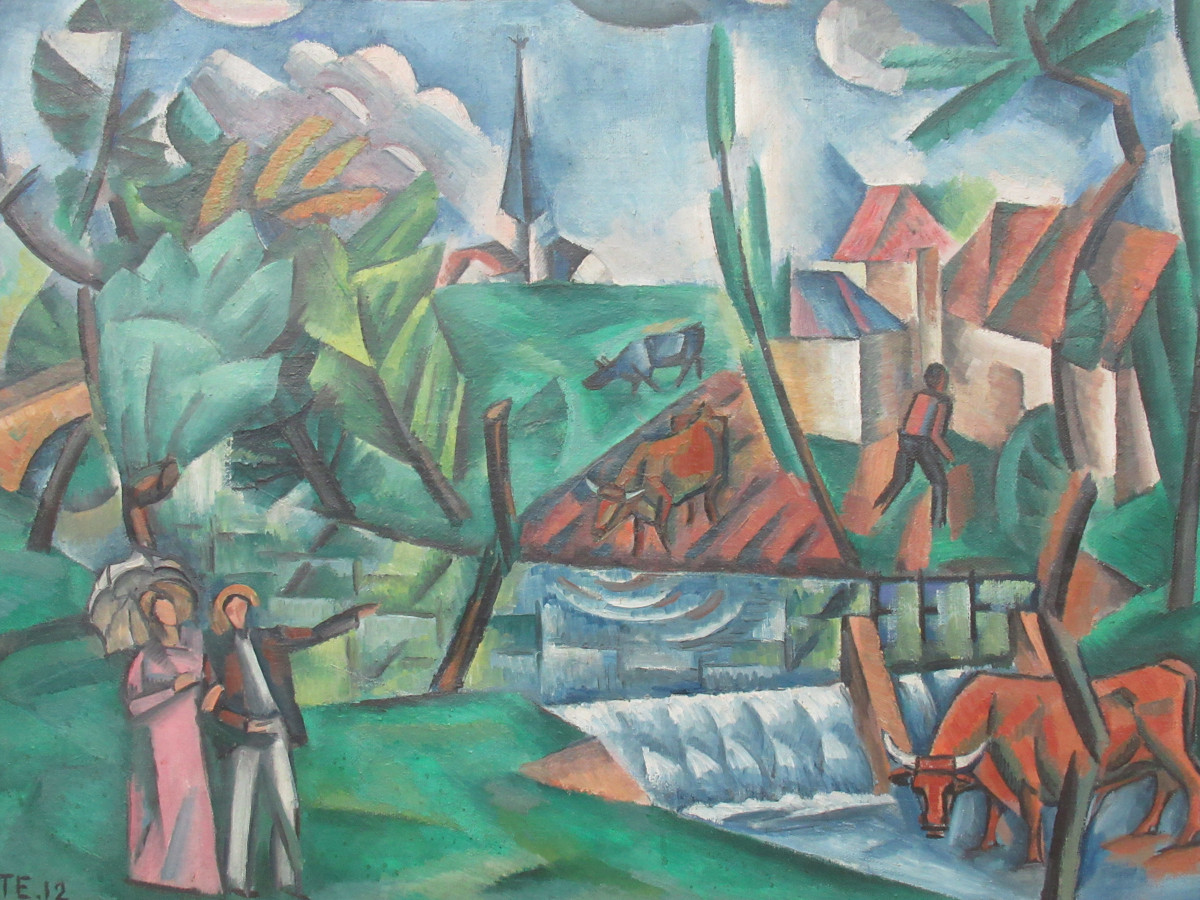
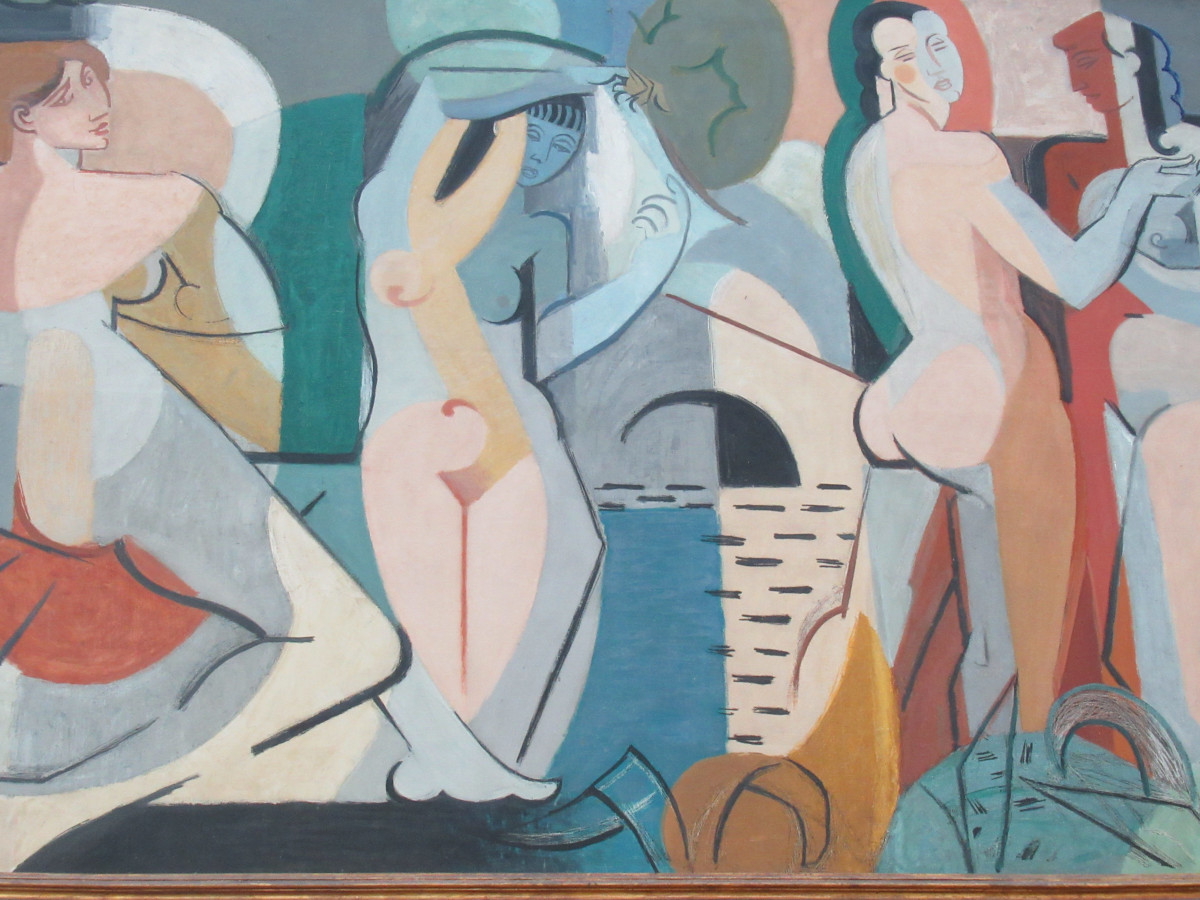
More modern works by Bordeaux-born artists in the 20th century include cubist paintings by André Lhote, such as The Port of Bordeaux, French Landscape and Bathers.
the musee d’art contemporain
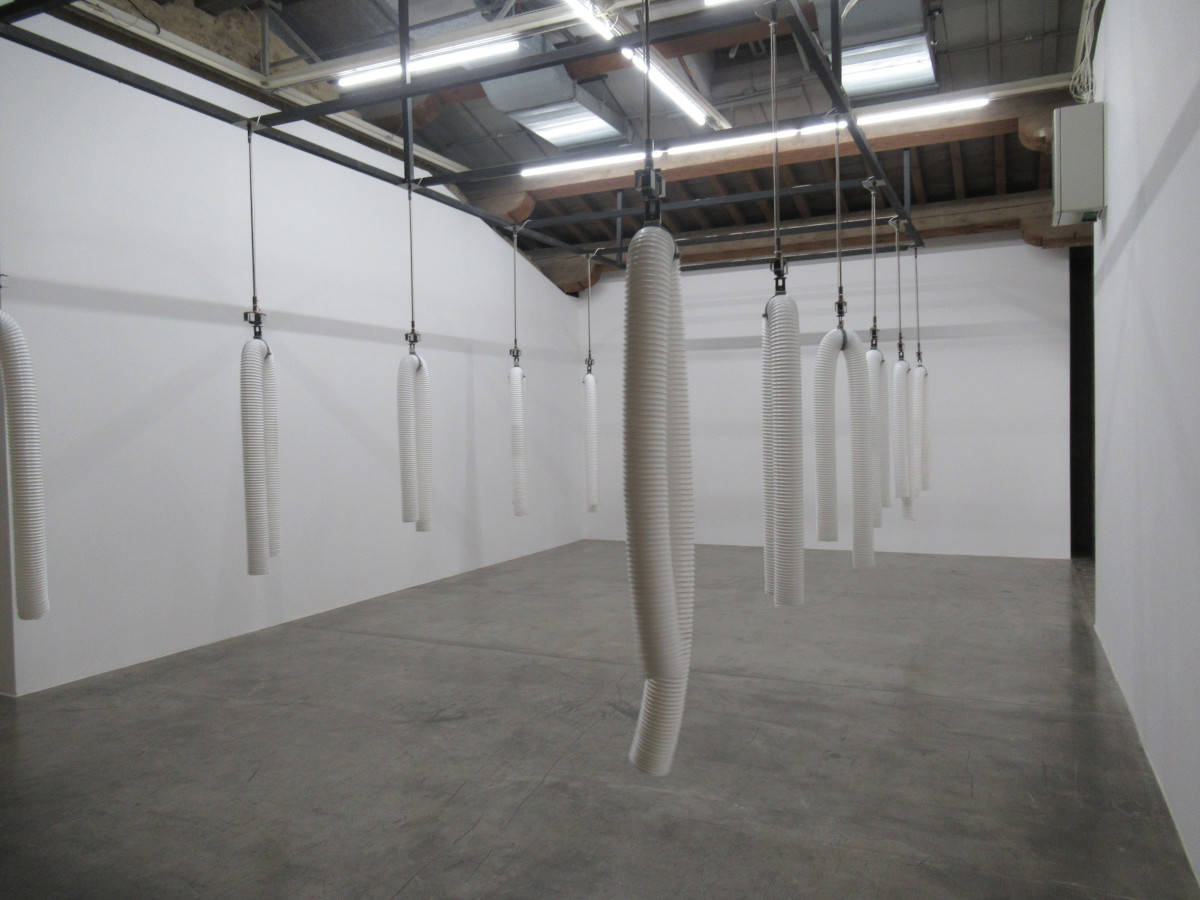

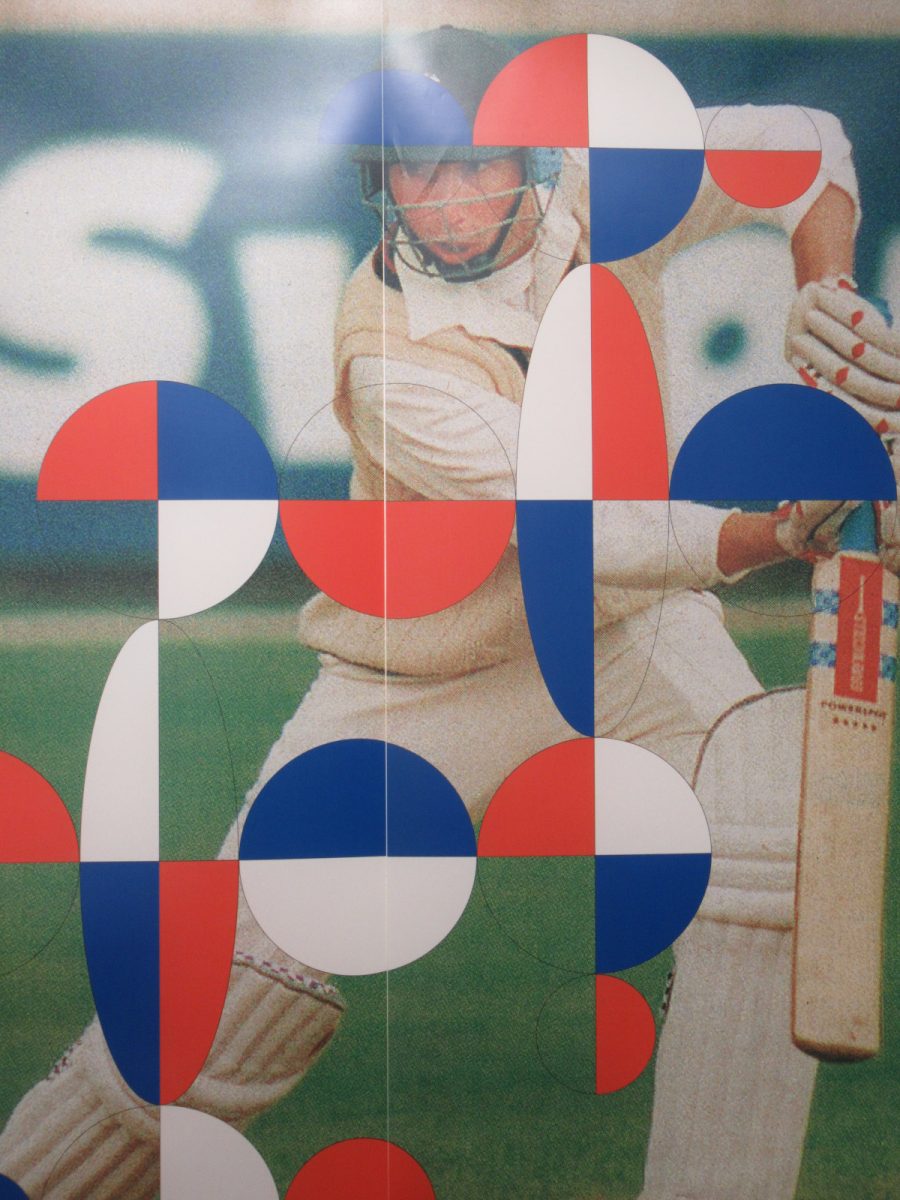
Bordeaux’s Museum of Contemporary Art, officially a ‘Musée de France’, is a stand-out building, formerly a colonial goods warehouse, with huge spaces where permanent and temporary exhibitions, performances and cultural events are hosted. Art has even been incorporated into the building itself, such as the ‘White Rock Line’ on the 2nd floor terrace, where 18 tonnes of white calcium rock is laid out in a neat line measuring 40m x 1.5m. In the café you’ll find the ‘Garonne Mud Circles’, two circular displays made from mud from the banks of the Garonne.
The permanent collection presents art from the end of the 1960s onwards, often moving away from traditional painting and influenced by popular culture and graffiti. There’s work from ‘the Aids generation’ of artists, plus a focus on Bordeaux artists and women artists. 2D pieces include ‘Offside’ by Gabriel Orozco, where a newspaper image of a sportsman has been altered using cut-outs and digital re-touching to enhance the grain of the original newspaper, to create a ‘futuristic modification of a real-life image’. A large poster, with black lettering on a white background, reads ‘On vend du vent’, a wordplay in French with the English meaning ‘We are selling wind.’ You can browse the collection online.
‘Stand-By’ by Oussama Tabti shows library book pages from the French Institute in Algeria, highlighting a ‘vide chronologique’ (chronological void), namely that there are no date stamps between 1994 and 1999, the dates of the Civil War. An installation called ‘The Shops Are Closed’ by Malachi Farrel has 15 white tubes hanging in two rows, ‘swinging back and forth repetitively to the sound of their motors, ‘a metaphor for social control …… simulating the pantomime of people robbed of their decision-making capacity.’ In short, prepare to be surprised, prompted to reflect, maybe outraged.
the bassin des lumieres
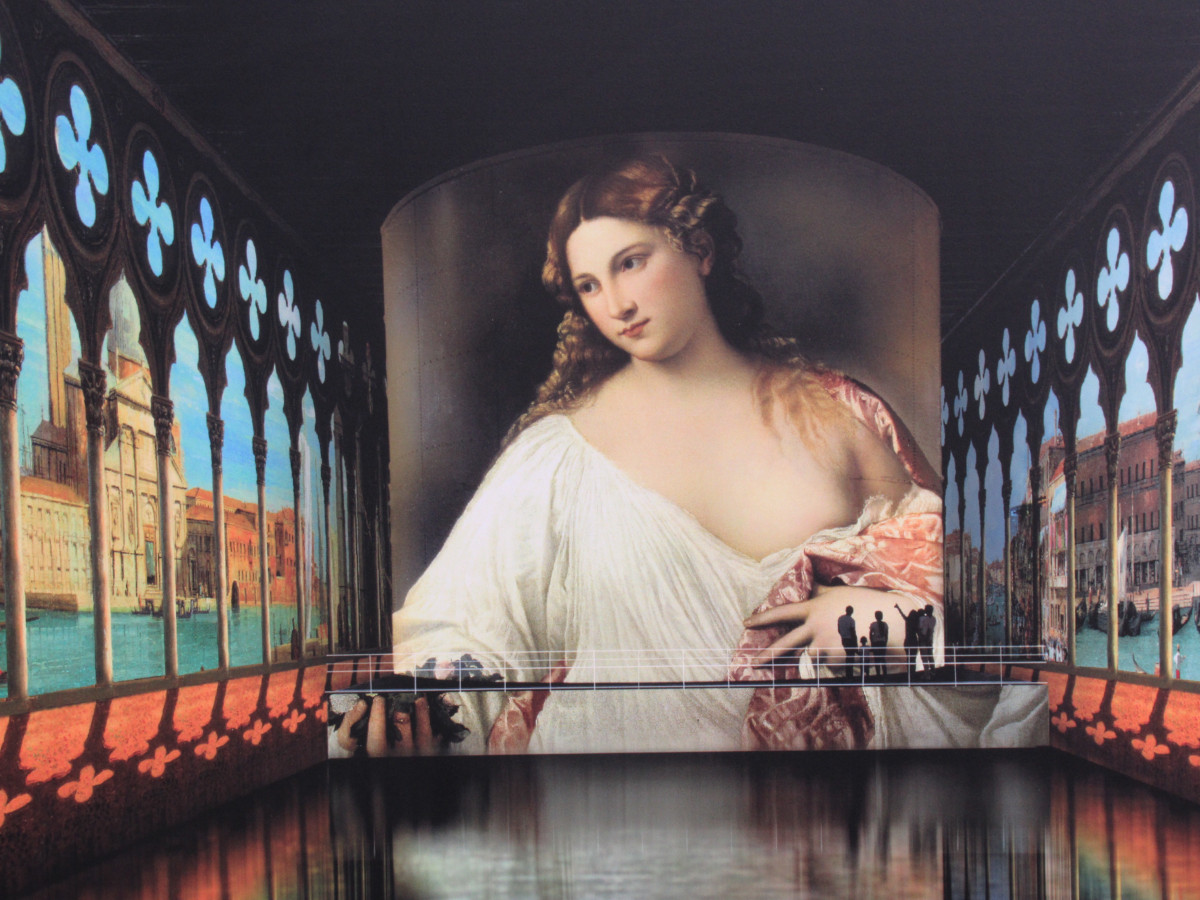
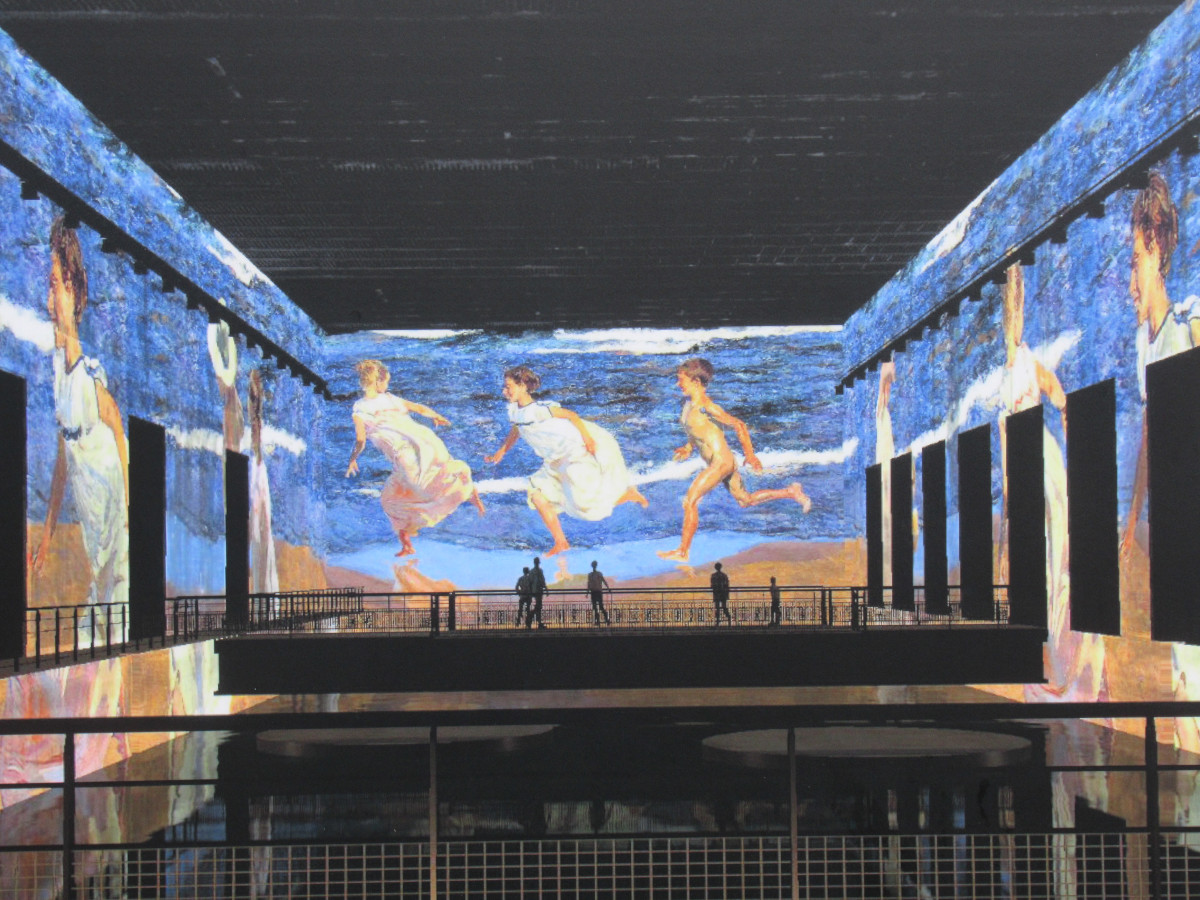
The Bassin des Lumieres is France’s largest digital art gallery, set, unexpectedly, in the city’s former submarine base, where art shows are projected on to the walls, often to music and other sound effects. The mix of art, light and colour in the huge, dark, damp spaces, fashioned from concrete and steel is quite surreal and certainly a new way to view an artist’s work. There are 11 ‘cells’, linked by an interior walkway and as you move round, you can pause to view the projections on three walls in front of you, plus see them reflected in the pools of water, providing an unusual, immersive experience.
Artists whose work has been featured so far so far include Klimt, Paul Klee, Monet and Dali, the latter projected to the music of Pink Floyd. In 2022, one show was on the theme of Venice, and its description hints at the depth in which the subject was treated: ‘A journey through the city of Venice …..strolling around the Grand Canal, other canals, alleys and squares, the buildings and the churches, …. a 40 minute walk in search of an exceptional past ….. the visitor is immersed in Byzantine art and the golden mosaics of St Mark’s Basilica, in the masterpieces of Tintoretto, Bellini and Canaletto and in the famous Mostra del Cinema with photos of actresses and actors of Italian origin.’
Alongside it ran a second show on the 20th century Spanish artist, Joaquim Sorolla, mixing huge projections of individual works by him alongside pictures from many aspects which fed into his life and work. The visitor was invited to ‘Discover his entire oeuvre, from his regionalist interpretations of Spain, to his family portraits, landscapes and gardens and the representations of the seaside that made him internationally famous.’
rosa bonheur
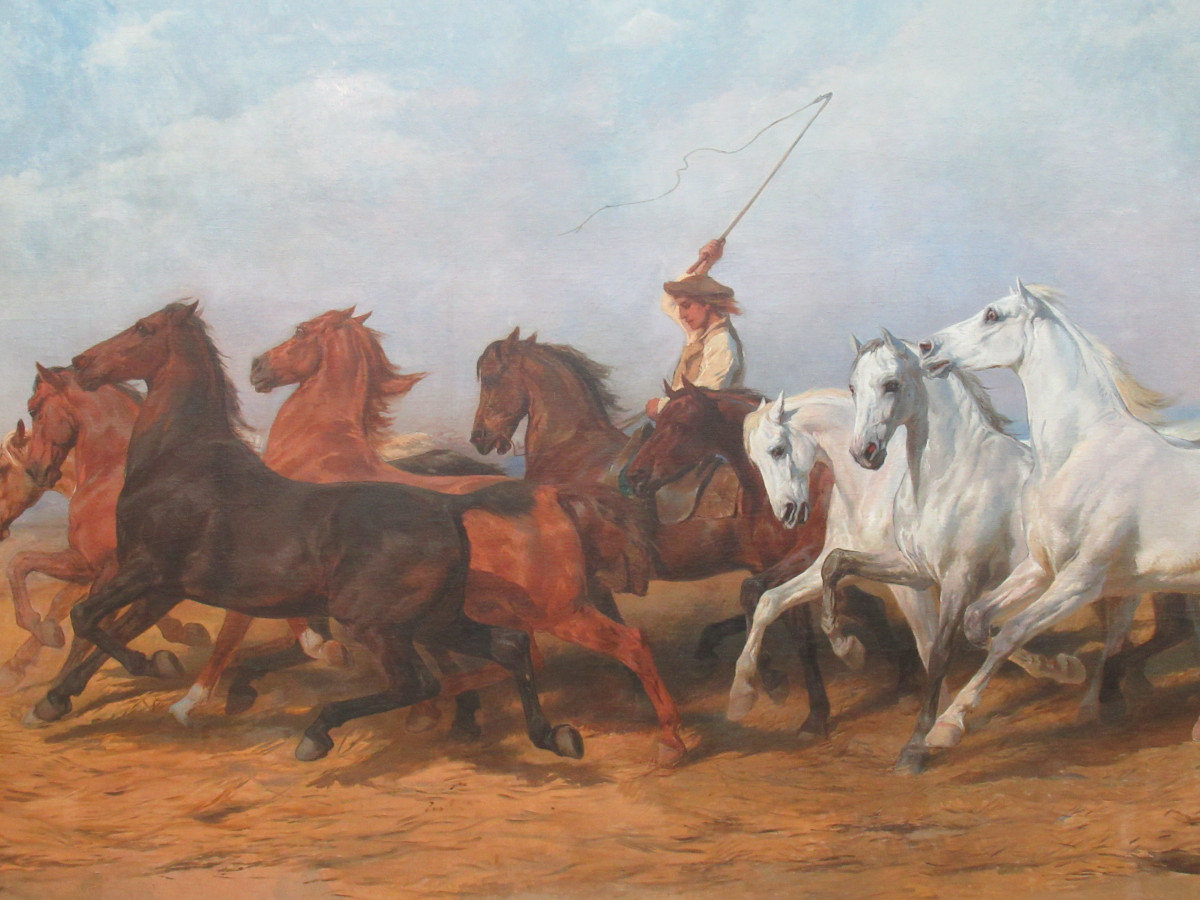
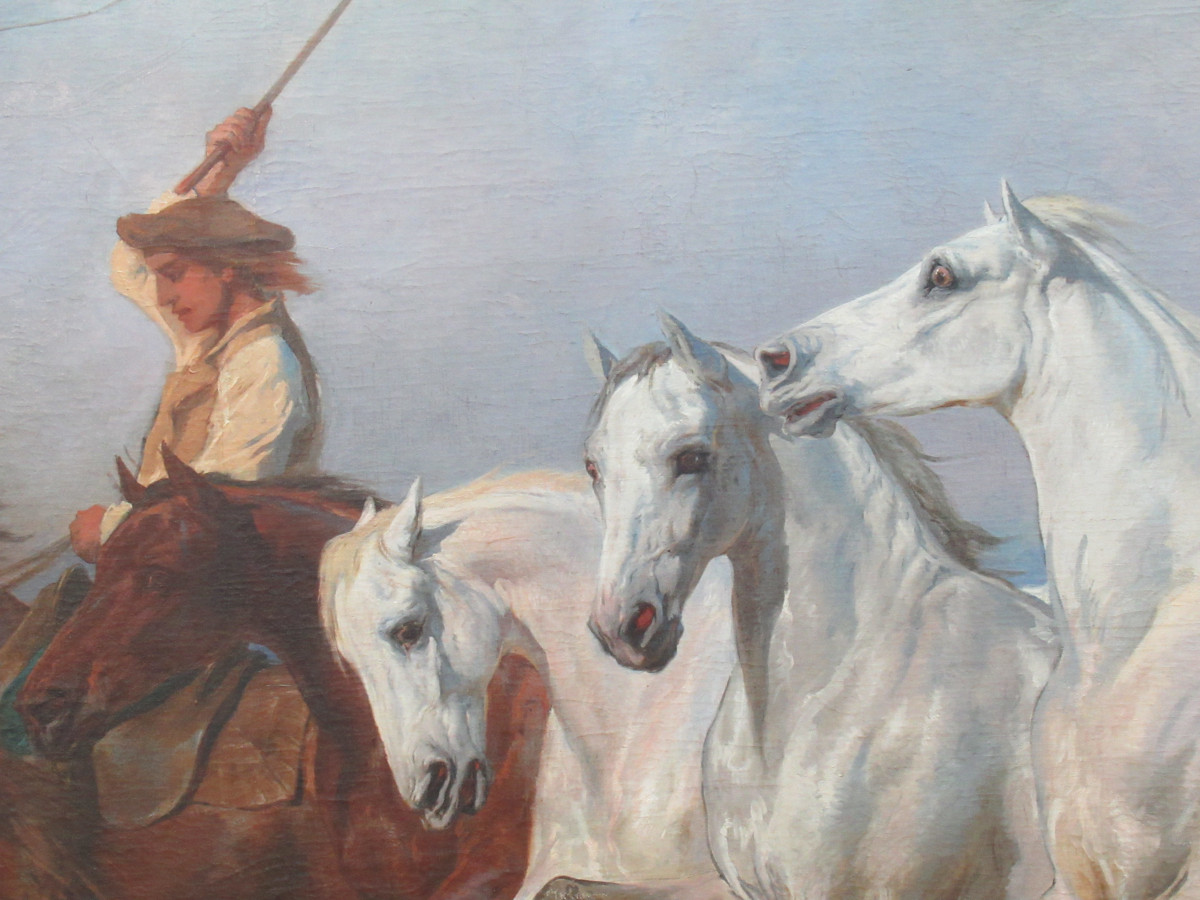
Rosa Bonheur, born in 1822 in Bordeaux, became a much-talked about artist during the 19th century, before ‘disappearing’ from view until she was re-discovered many decades later. Much more of her story is told on the podcast, but briefly, she made her name in her early twenties through exhibiting her work at the Paris art salons and became very well known through her painting, ‘Le Marché aux Chevaux’ (The Horse Fair) which toured Britain and the US, ending up in the Metropolitan Museum of Art in New York City, where it still is today. In 1865 she became the first woman to be awarded the Légion d’Honneur.
She became wealthy and bought the Château de By near Fontainbleau, where she spent the last 40 years of her life, until her death in 1899, observing and painting animals, some from her own large menagerie and others in the surrounding forests. Curiously, her fame faded away after her death, but later in the 20th century she came back into focus, both as an artist and as a feminist icon. She had broken many of the ‘rules’ of her society, shunning marriage, earning her own living and enjoying a long and happy lesbian relationship.
Rosa Bonheur was above all a peintre animalier, a painter of animals, whose close observation and meticulous attention to detail allowed her to capture the spirit of the creatures she painted, from a pair of timid rabbits hiding in a dark corner, to the magnificent wild horses of the Camargue portrayed in her massive canvas, ‘Treading Wheat in the Camargue’, which is one of the treasures at the Musée des Beaux Arts. The information panel praises the work as a ‘vibrant homage to the power and beauty of these semi-wild horses.’ The horses in ‘At the Horse Market’ are also magnificent creatures, rearing up rebelliously, and dwarfing the horse-dealers supposedly in charge of them.
listen to the podcast
reading suggestion
Rosa Bonheur by Sandrine Andrews (in French)
links for this post
Bordeaux Museum of Fine Arts
Bordeaux Museum of Contemporary Art
Bassins des Lumières
Previous episode Bordeaux Wine
Next episode Food and Shopping in Bordeaux
Last Updated on November 21, 2024 by Marian Jones




